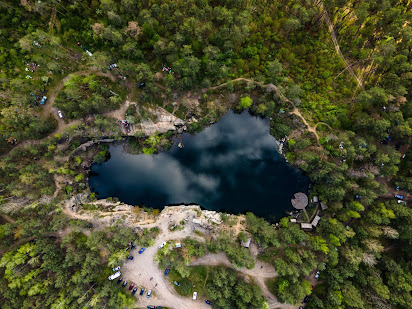There is no harm in stuff, if you use it, love it or need it then possessing it causes no harm. In the first half of this year (2019) the Konmari method for minimising our hoards became very popular. Let’s say you gave Konmari a go or you’re just happy with what you have. Now what? It is human nature to want to treat ourselves after a job well done, tackling a daunting task such as tidying and getting rid of things we’ve had for years is one such job. The satisfaction of seeing a long-lost surface is to some unbeatable. So why buy more?
The more we buy the more is made and therefore, the more
resources are used for more to be thrown away. This is not only bad for the
planet but if uncontrolled it can become bad for our health. As such, here are
some tips on thinking like a minimalist. Thinking like a minimalist doesn’t
mean you have to be a minimalist. Yes having/ buying less is good for our
wellbeing and bank account but so is purchasing a long-desired item (more so
for happiness than bank accounts).
Imagine the situation, you enter a shop, any shop (food,
clothing furniture etc.). After looking around you find something you just have
to have. Now before you add it to your basket stop. Really look at the item, if
you can pick it up do so. Turn it over in your hands and look at its condition
is it marked in any way? Does the pattern or design look right i.e. is it
misprinted or upside-down. Having picked it up and looked closely do you still
like it? Still attracted to it, now think about where you would put it,
consider each room as well as who lives with you. If you cannot find a place or
you have someone living with you who could potentially damage or be harmed by
it then reconsider. If the item passes these questions can you afford it,
consider any bills or food shops for both that month and the following. So far
so good the item is winning but, what about in a month? Remember obvious as it
may sound the item won’t just disappear when you no longer enjoy it you will
have to get rid of or repurpose it. Doing so takes time and effort so consider
your usual week and see if you will have time to take it to a charity shop or
upcycle at home. Even putting in a cupboard or bag to go at a later date should
also be considered, could you handle the ‘clutter’?
All these considerations probably sound like they’re going to take forever to do when all you want is to go in and buy what you want. It can always be taken back later. Yes, to begin with asking yourself these questions for every item, food or clothing piece could take a while. Soon though it will be second nature, an inner feeling of ‘I don’t need that’ or a ‘Yes I will enjoy or use this for many years to come’. Thus, you will be able to save money, have less stuff, be able to clean easier and do your bit to help the planet. Best of all you’ll feel better, tidy home, tidy mind.
Question
Do you have any of your own techniques for reducing how much
you buy?





No comments:
Post a Comment